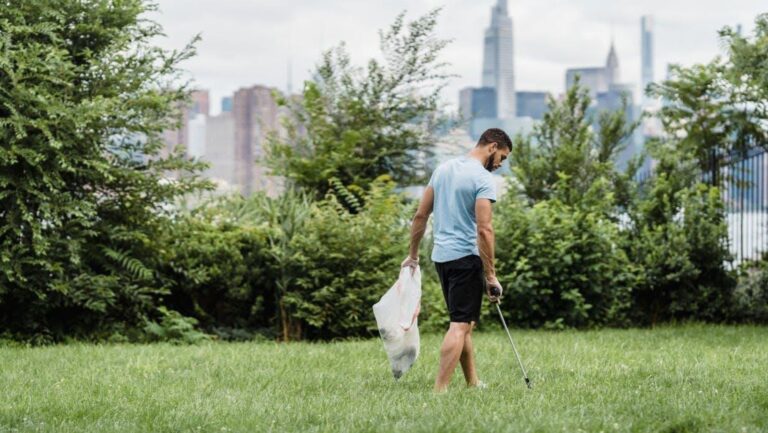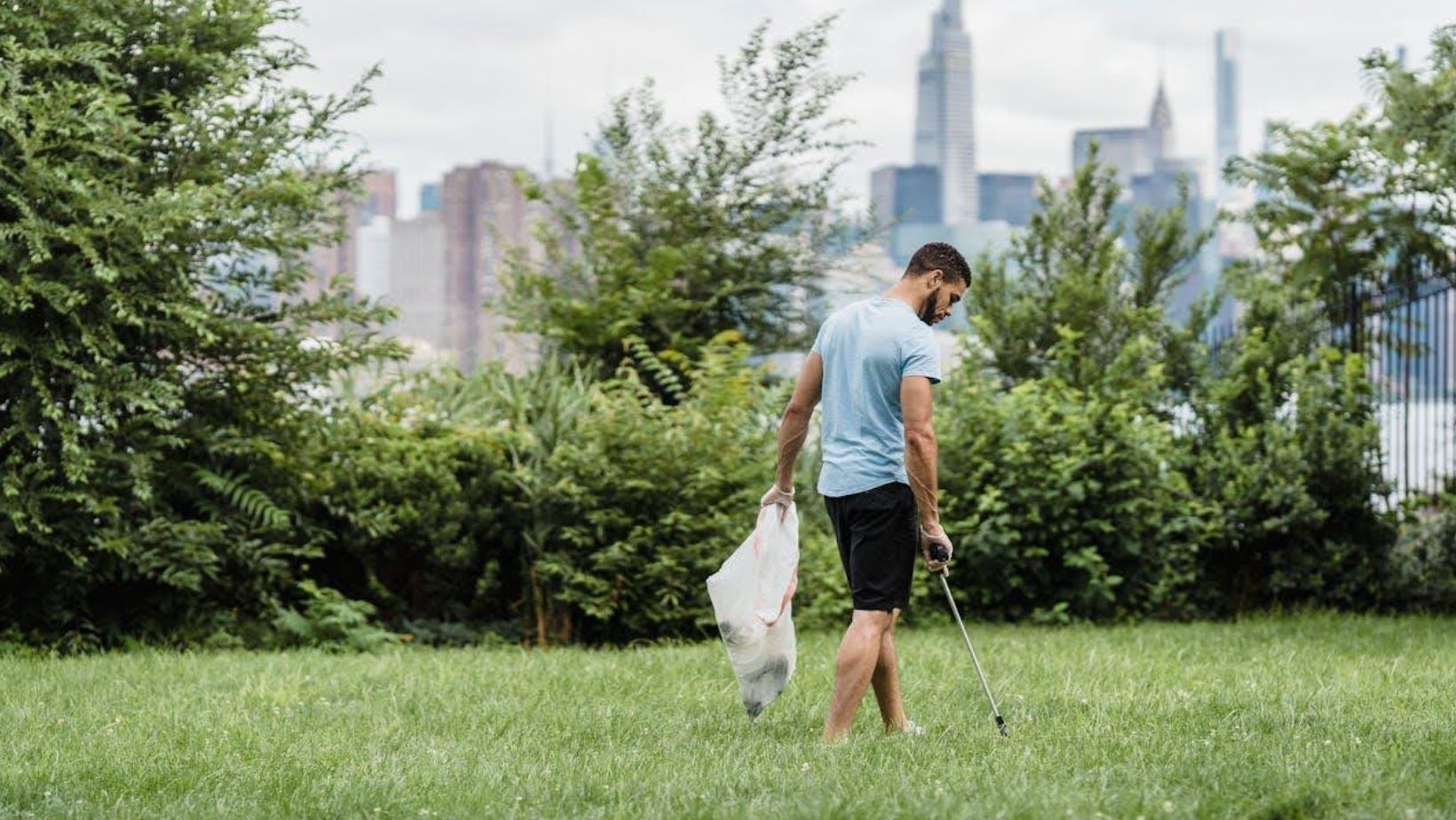You’ve probably heard the term “sustainable urban planning” tossed around in conversations about modern cities, but what does this mean, exactly?
The short of it is that our cities are wrestling with growing populations, shrinking natural resources, and the increasingly intense effects of climate change, and only sustainable planning can help combat these issues and ensure a healthier environment for everyone.
Poorly planned urban areas, on the other hand, create heat pockets, increase flooding risks, and strain already-limited resources.
They’re also a fertile ground for pests and insects, which in turn, heightens public health risks, as many of these pests are carriers of diseases. Pests also exploit cracks in infrastructure, standing water, and neglected waste, undoing sustainability efforts and causing costly damage.
This is why integrating pest control strategies into urban planning is so crucial: when done right, it strengthens cities’ resilience, protecting both the environment and public health in the process.
Why Pests Are a Sustainability Problem
Pests are not just annoying and unsightly – they wreak havoc. Termites, for example, can quietly destroy wooden structures, leading to expensive repairs and increased resource use. Rodents, besides being unsightly, spread diseases and contaminate food supplies.
Mosquitoes, which thrive in standing water left by poor drainage or flooding, are carriers of illnesses like dengue and malaria. Even cockroaches, often seen as merely gross, can trigger allergies and worsen asthma with their saliva, feces, and shedding body parts.
Grossness aside, these issues cost cities millions annually in damage control and healthcare expenses. So, if the goal is sustainability, we can’t afford to ignore pest management: if not factored into urban planning, they can derail even the most well-thought-out urban designs.
Incorporating Pest Management into Urban Planning
The good news is that pest management can easily be an integral part of any sustainable urban design. Here’s how.
Designing Out Pests
One of the simplest strategies is prevention through design. For example, building layouts that eliminate hiding spots for rodents or construction materials that deter termites. This can include elevated housing structures, seamless flooring, and well-sealed roofs. These all can keep pests out of buildings while reducing the need for chemical treatments later.
For practical guidance on sustainable pest prevention and eco-friendly solutions, resources like axcalorinas.com provide valuable insights on integrating pest control into long-term building and community planning.
In urban planning, drainage plays a huge role, too. Poorly designed drainage systems turn into breeding grounds for mosquitoes, especially in tropical climates. Therefore, incorporating proper water flow systems and ensuring regular maintenance is essential: it both prevents standing water from becoming a health hazard and leads to cleaner cities.
Natural and Biological Pest Control
Chemical pesticides are sometimes necessary but they’re not sustainable (and they harm ecosystems). This is why many forward-thinking cities are turning to biological solutions instead. Introducing natural predators – like bats for mosquitoes or owls for rodents – can help maintain balance without disrupting other parts of the ecosystem.
Plants can also play a role. Certain species naturally repel insects, making them perfect for urban landscaping. For instance, citronella grass or lavender can reduce mosquito populations, while herbs like mint can deter ants. Termite prevention is another critical aspect of sustainable pest control. By using termite-resistant building materials, such as treated wood or metal, and ensuring proper soil treatment before construction, it’s possible to prevent infestations before they start.
Advanced Monitoring and Smart Technology
Technology also plays an increasingly important part in pest management. Smart sensors, for example, can monitor termite activity or rodent movements in real time. These systems allow property managers and city planners to address infestations early, meaning before they spiral out of control.
Data collection also helps. If you know which areas are most vulnerable to pests, you can focus resources there. For instance, mapping mosquito activity using drones or satellite imagery ensures that public health campaigns target the right neighborhoods.
Reducing Pest Attractions
Finally, it’s important to note that cities can unintentionally attract pests as well. Overflowing bins, leftover food, and poorly managed waste, for instance, are magnets for rats and cockroaches. Sustainable urban planning, on the other hand, includes infrastructure for effective waste management, like sealed trash systems, regular collection schedules, and composting facilities.
Green spaces also need attention. While parks and gardens are essential for sustainability, overgrown vegetation or improperly maintained water features can invite trouble. This is why routine upkeep is key: it ensures parks and other green areas remain pest-free without sacrificing their ecological benefits.
The Bigger Picture
From coastal cities prone to termite infestations to industrial zones with high rodent activity, no urban area is immune to pests. But the issues are even bigger in densely populated environments, where pest-related health risks can spread quickly.
This is why incorporating pest management into urban planning is so important: it ensures sustainability goals aren’t undermined by preventable problems while protecting citizens from diseases.
For example, suburbs with a lot of timber housing need termite prevention woven into building codes. High-density city centers, on the other hand, benefit from rodent-proofing strategies and waste control. The trick is to tailor pest management approaches to the specific needs of each urban environment.
Many cities are already showing the way. Singapore, for example, has embraced biological pest control as part of its green urban strategy. Melbourne’s waste management systems aim to keep pests at bay while supporting sustainability goals. These examples prove that pest management doesn’t have to be just a reactive measure, but a proactive solution.





